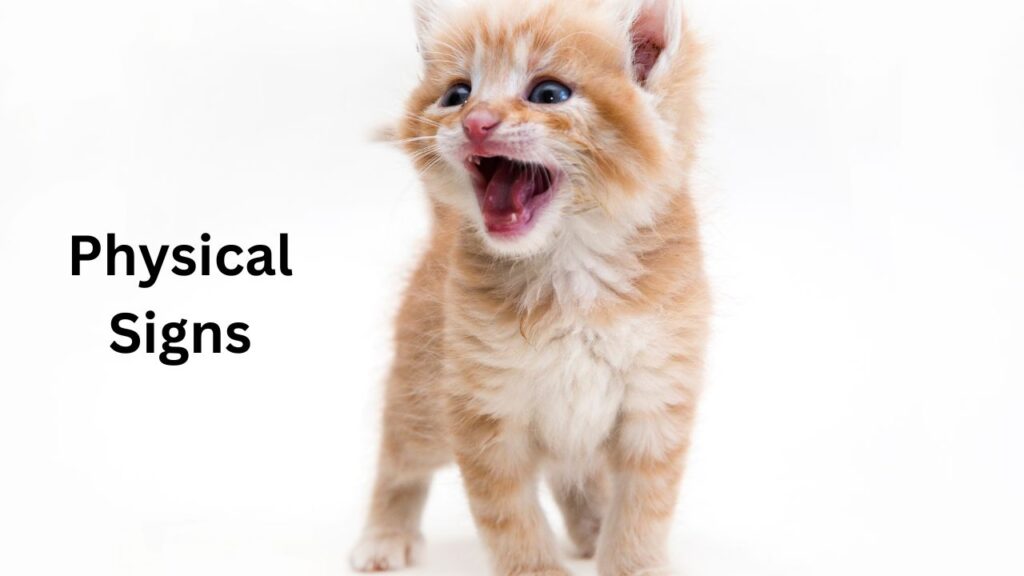Picture this: you’re embarking on a road trip, and your feline companion is snug in the carrier beside you. As the miles roll by, you might start to wonder, how long can a cat travel without peeing? Understanding your cat’s needs during travel is crucial for a stress-free journey for both of you. Let’s dive deep into this topic to ensure your adventure together is as comfortable as possible.
Contents
Understanding Feline Hydration and Urination
Cats are naturally meticulous about their bathroom habits. Their ability to regulate hydration and urination is a delicate balance influenced by various factors.
The Basics of Feline Hydration
Cats obtain most of their water from their food, especially if they’re on a wet diet. However, their hydration levels are vital, especially during travel when their routine is disrupted.
How Urination Works in Cats
A cat’s urinary system is efficient, but when faced with stress or changes in environment, their patterns can alter. It’s essential to comprehend these mechanisms to ensure your cat remains healthy on the move.
Factors Affecting a Cat’s Ability to Travel Without Peeing
Several elements determine how long can a cat travel without peeing. Let’s explore these factors:
| Factor | Impact on Urination |
|---|---|
| Age | Kittens may need more frequent breaks than adult cats. |
| Health Status | Cats with urinary issues require more attention. |
| Hydration Levels | Higher water intake means more frequent need to pee. |
| Stress Levels | Increased stress can disrupt normal urination patterns. |
| Travel Duration | Longer trips naturally extend the time between bathroom breaks. |
| Access to Litter Box | Availability of a suitable place to pee affects their comfort. |
Age and Health Considerations
Kittens and elderly cats often have different needs compared to healthy adult cats. Kittens may not have full control over their bladder, while older cats might suffer from health conditions that affect their urination.
Hydration Levels
Ensuring your cat is adequately hydrated is a balancing act. Too much water before travel can lead to more frequent trips, while too little can cause discomfort.
Stress and Environmental Changes
Travel can be stressful for cats. Changes in environment, unfamiliar noises, and confined spaces can all contribute to increased anxiety, impacting their ability to hold their pee.
Signs Your Cat Needs a Bathroom Break
Recognizing when your cat needs to pee is essential, especially during travel. Here are the key indicators:
Behavioral Indicators
- Restlessness: Pacing or unable to settle in the carrier.
- Meowing or Vocalizing: Expressing discomfort or the need to go.
- Scratching at the Carrier: Attempting to escape or seek a bathroom spot.

Physical Signs
- Licking Genital Area: A common sign that a cat needs to urinate.
- Squatting Position: Mimicking their natural posture when they need to pee.
- Unusual Postures: Such as lifting a paw as if to signal.
Tips for Traveling with Your Cat
Ensuring your cat’s comfort during travel involves careful planning and consideration.
Preparing for the Journey
- Visit the Vet: Ensure your cat is healthy and up-to-date on vaccinations.
- Familiarize the Carrier: Make the carrier a comfortable and familiar space.
- Hydration Management: Adjust your cat’s water intake before the trip to balance hydration.
Managing Bathroom Needs During Travel
- Frequent Stops: Plan for regular breaks to allow your cat to relieve themselves.
- Portable Litter Boxes: Invest in a travel-friendly litter box for convenience.
- Calming Aids: Use pheromone sprays or calming collars to reduce stress.
Health Risks of Extended Holding
Allowing your cat to hold their pee for too long can lead to several health issues.
Potential Health Issues
- Urinary Tract Infections (UTIs): Prolonged holding can increase the risk of infections.
- Bladder Stones: Excessive concentration of urine can lead to stone formation.
- Kidney Problems: Chronic issues with urination can affect kidney health.
Preventative Measures
- Regular Breaks: Ensure your cat has ample opportunities to pee.
- Hydration Control: Manage water intake to balance their need without overloading.
- Monitor Health: Keep an eye on your cat’s behavior and consult a vet if you notice any issues.

Practical Tips for a Successful Trip
Here are some actionable tips to make traveling with your cat smoother:
- Maintain Routine: Try to keep feeding and bathroom schedules consistent.
- Comfort Items: Bring familiar blankets or toys to reduce stress.
- Temperature Control: Ensure the car is neither too hot nor too cold for your cat.
Frequently Asked Questions
How often should I stop to let my cat pee during a long trip?
It’s advisable to stop every 2-3 hours to give your cat a chance to use a portable litter box.
Can I use regular cat litter during travel?
Yes, but consider using unscented, clumping litter for easier cleanup and less odor.
What if my cat refuses to use a portable litter box?
Try using their regular litter or a different type of litter box. Calming sprays might also help encourage them.
Is it safe to limit my cat’s water intake before travel?
Yes, but do so carefully to avoid dehydration. Consult your vet for personalized advice.
Conclusion
Understanding how long can a cat travel without peeing is essential for ensuring your pet’s comfort and health during journeys. By considering factors like age, health, and stress levels, and by preparing adequately, you can make traveling a pleasant experience for both you and your furry friend. Remember, regular breaks and a calm environment are key to a successful trip. Safe travels!


